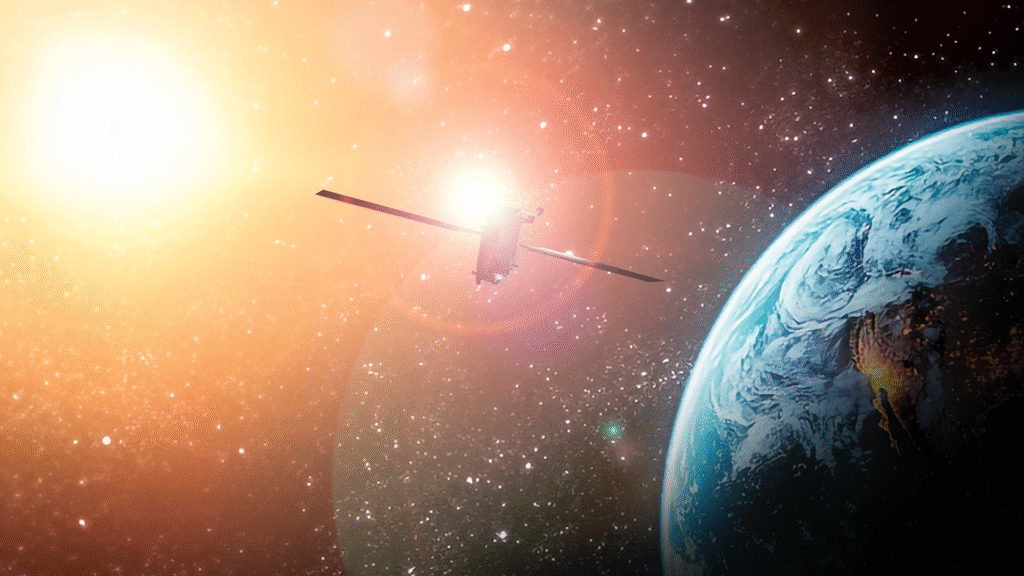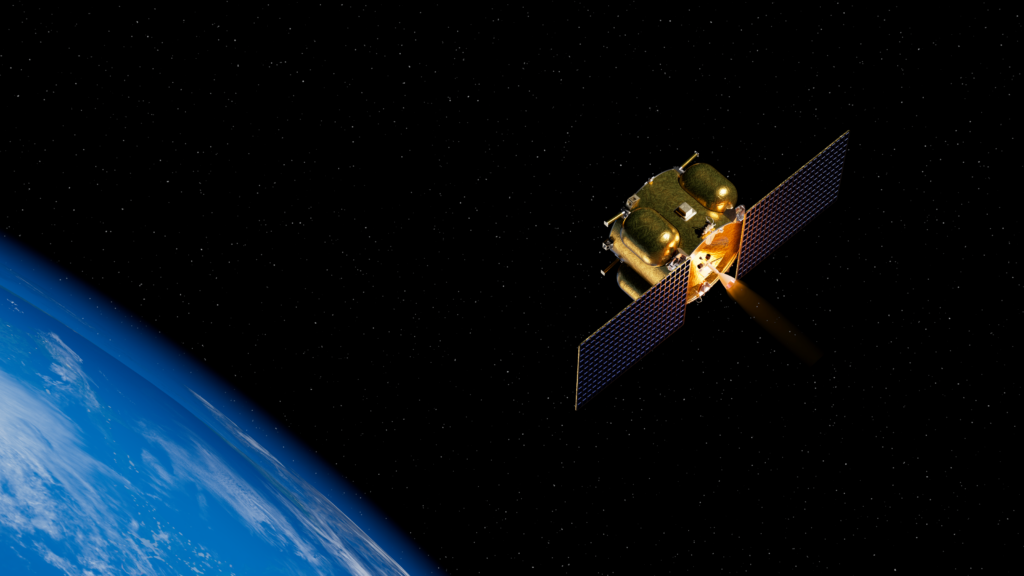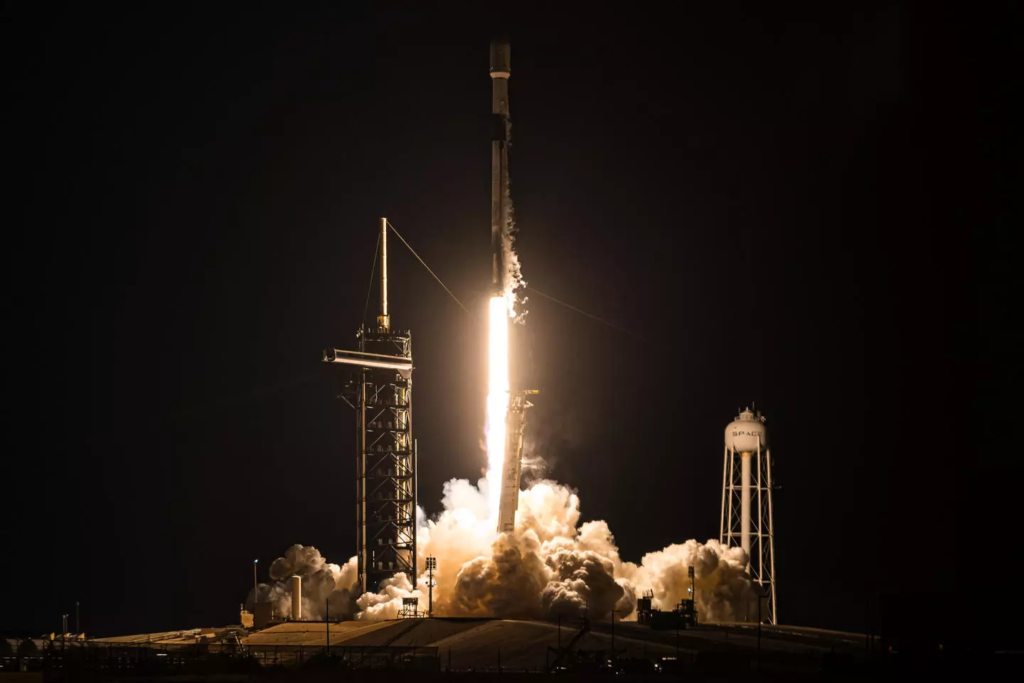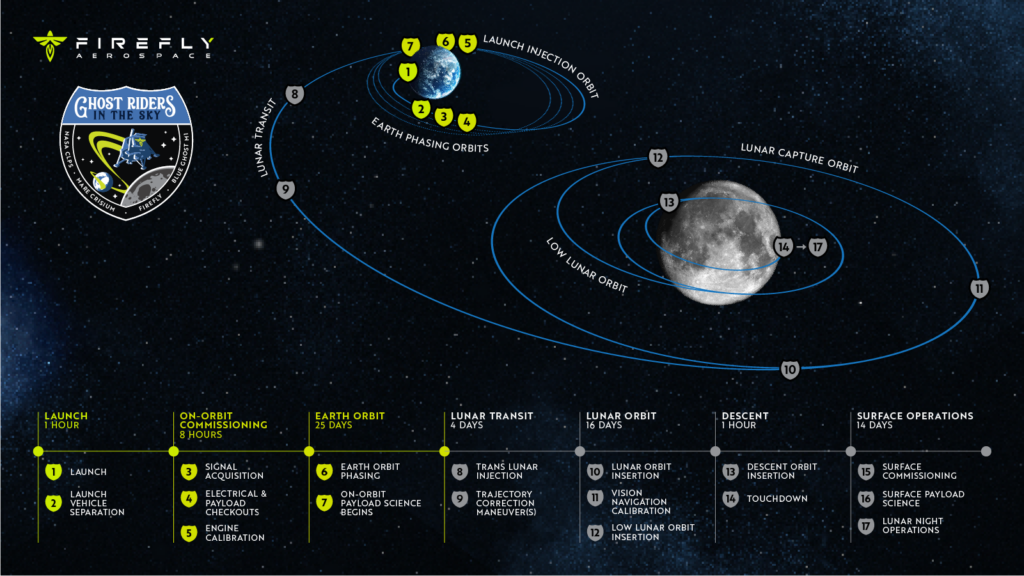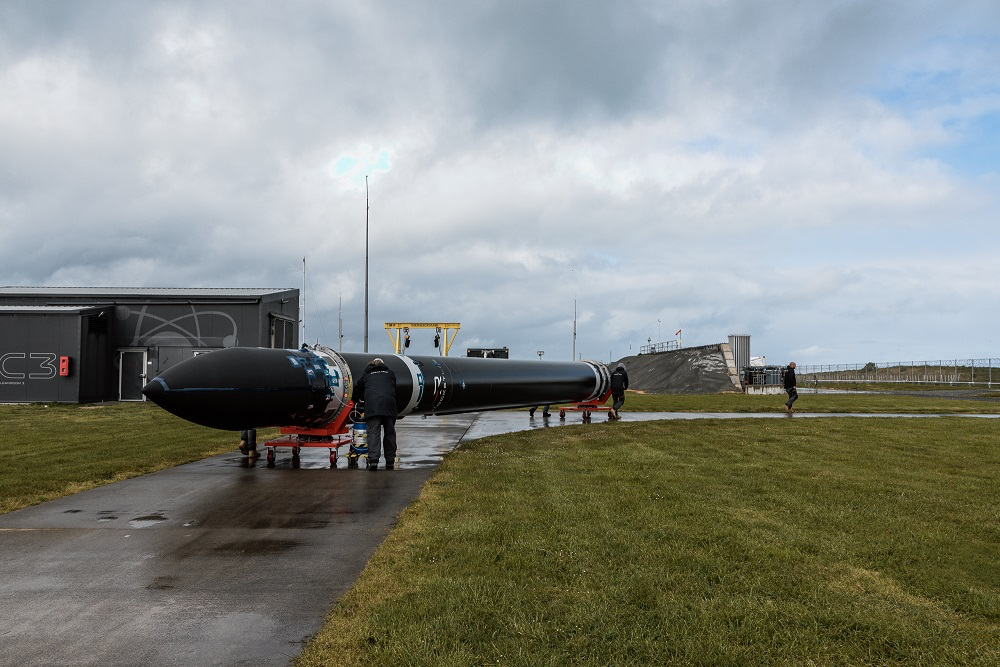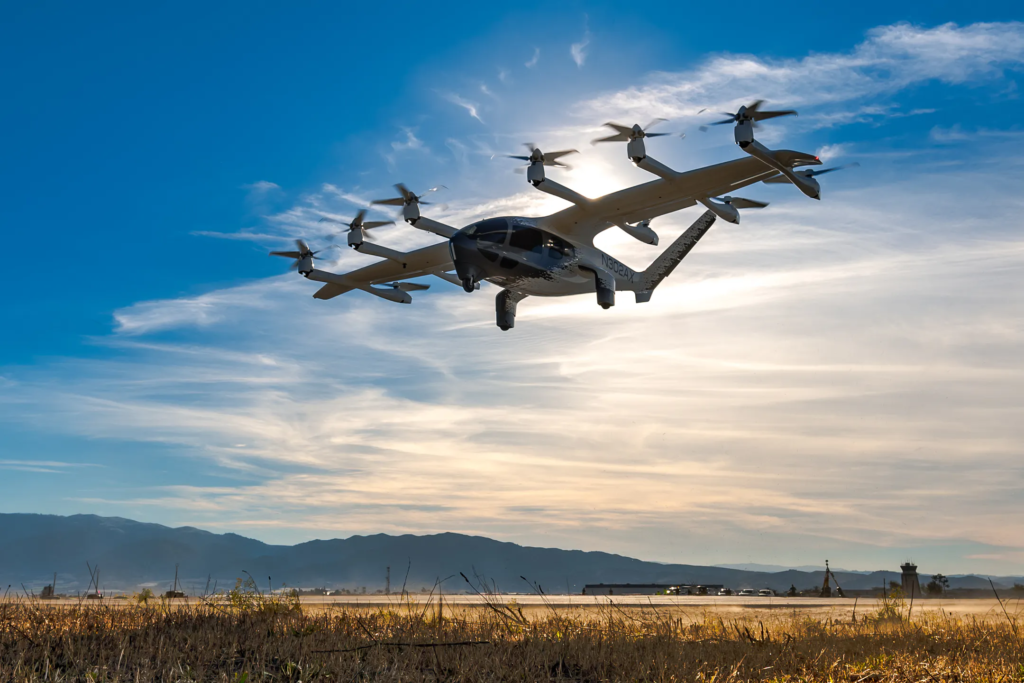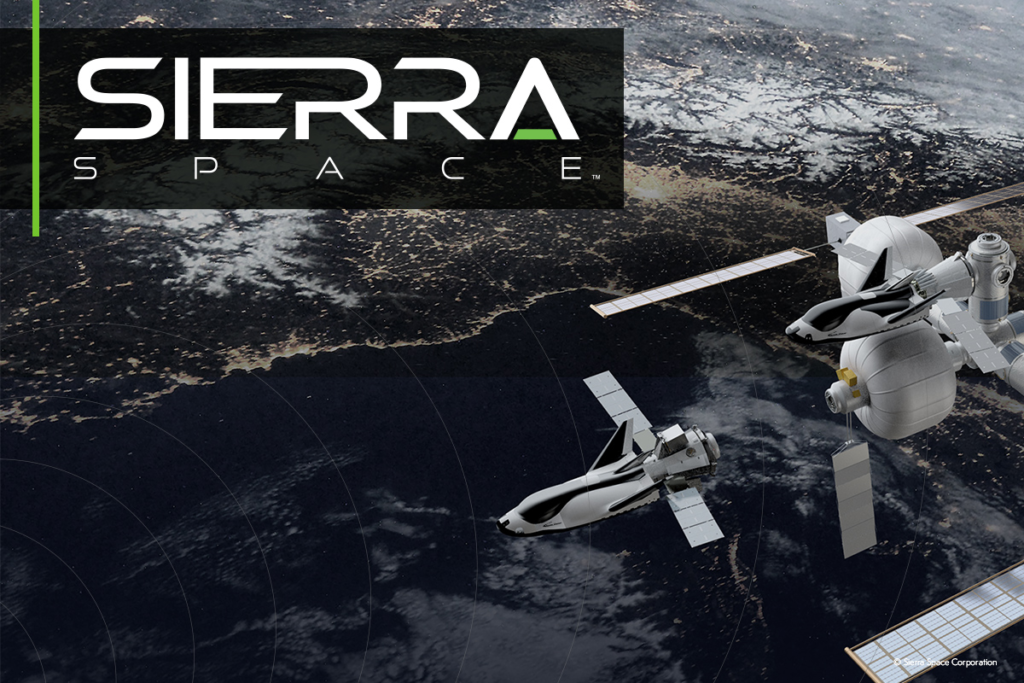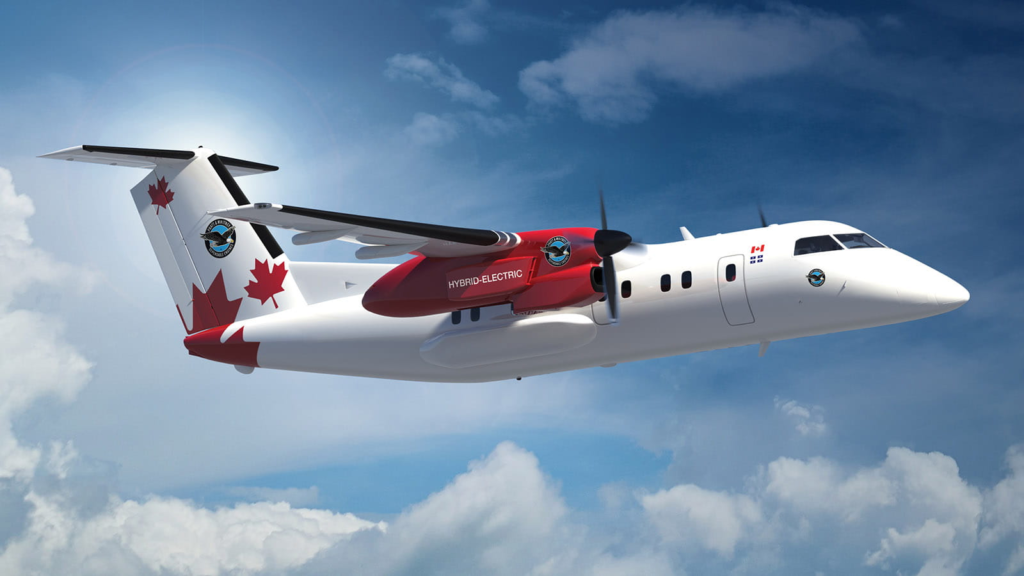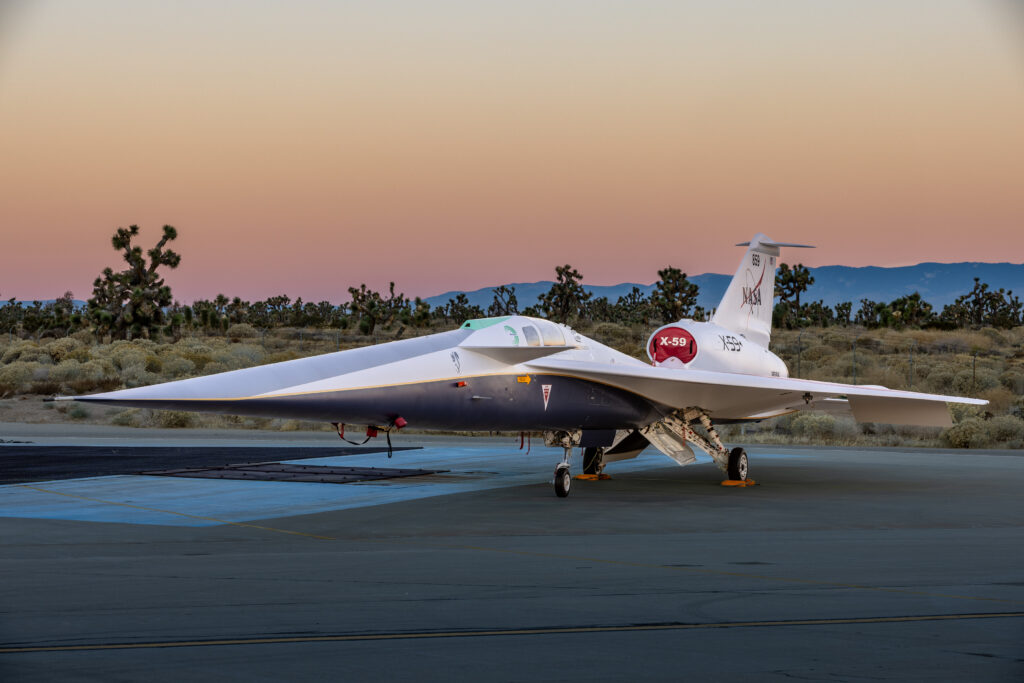Boeing secures $2.8B contract to enhance U.S. strategic SATCOM capabilities
Story and image from Boeing El Segundo, California, July 3, 2025 - Boeing (NYSE: BA) has been awarded a $2.8B contract for the Evolved Strategic Satellite Communications (ESS) program, the space-based component of the U.S.…
